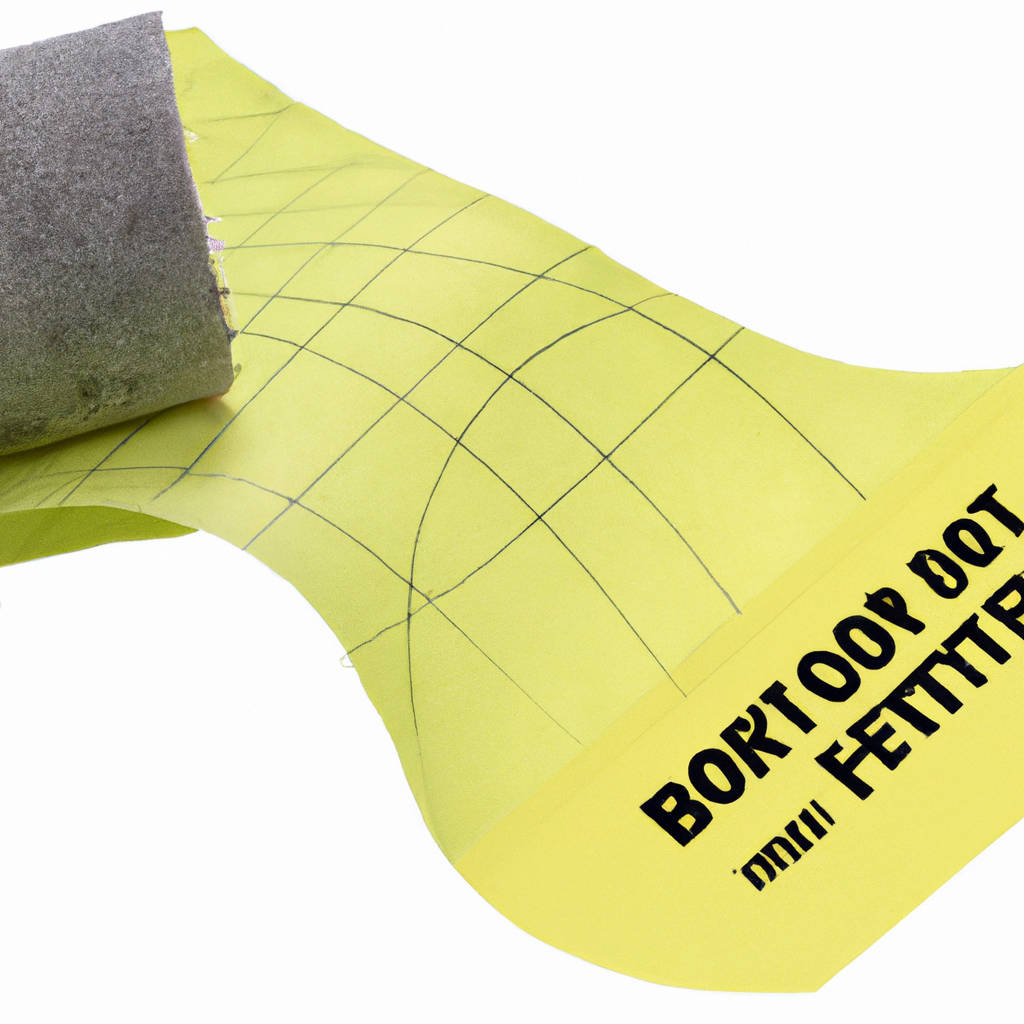Friction blisters are a common issue that can occur when there is repeated rubbing or friction on the skin. They typically appear as a raised bump filled with clear fluid, and can be quite painful. Friction blisters are most commonly seen on the feet, especially in areas where shoes rub against the skin. However, they can also occur on the hands, particularly in individuals who engage in activities that involve repetitive gripping or rubbing.
Friction blisters are the body’s way of protecting the skin from further damage, as the fluid-filled blister acts as a cushion between the irritated skin and the source of friction. It is important to properly care for friction blisters to prevent infection and promote healing. This includes keeping the blister clean and dry, avoiding further friction on the affected area, and allowing the blister to heal on its own. In some cases, medical attention may be necessary to drain the blister or provide additional treatment. Ultimately, preventing friction blisters involves wearing proper footwear, using protective padding or bandages in high-friction areas, and taking breaks during activities that can cause excessive rubbing on the skin.

Understanding Friction Blisters
Friction blisters are common skin injuries that occur when there is repeated rubbing or friction on the skin. They are often seen in athletes, hikers, and individuals who wear ill-fitting shoes or engage in activities that involve repetitive movements. Friction blisters typically appear as small, fluid-filled sacs on the surface of the skin and can be quite painful. Understanding the causes and prevention of friction blisters is important in order to avoid discomfort and potential complications.
The primary cause of friction blisters is friction between the skin and another surface, such as clothing, shoes, or equipment. The friction causes the top layer of skin to separate from the underlying layers, creating a space that fills with fluid. This fluid acts as a cushion to protect the underlying skin layers from further damage. However, if the friction continues, the blister can rupture, leading to an open wound that is susceptible to infection.
Preventing friction blisters involves minimizing the factors that contribute to their formation. This can include wearing properly fitting shoes and socks, using protective padding or bandages on areas prone to blisters, and keeping the skin clean and dry. Additionally, using lubricants or powders on areas of high friction can help reduce the likelihood of blister formation. If a blister does develop, it is important to avoid popping or draining it, as this can increase the risk of infection. Instead, keeping the blister clean and covered with a bandage can help promote healing.
Overall, understanding friction blisters and taking steps to prevent them can help individuals avoid unnecessary pain and discomfort. By being aware of the causes of friction blisters and practicing good skin care habits, individuals can keep their skin healthy and free from this common skin injury.
Causes of Friction Blisters
Friction blisters are a common occurrence for many individuals, especially those who engage in activities that involve repetitive rubbing or pressure on the skin. There are several factors that can contribute to the development of friction blisters. One major cause is poorly fitting footwear, which can create friction between the shoe and the skin, leading to the formation of blisters. Additionally, wearing socks that are too tight or made of rough material can also contribute to blister formation. Another common cause of friction blisters is excessive moisture on the skin, which can soften the outer layer of skin and make it more prone to damage from friction. This can occur from sweating during physical activity or wearing wet shoes or socks. Inadequate protection for the skin, such as not using proper footwear or protective padding, can also increase the risk of developing friction blisters. Finally, certain medical conditions, such as eczema or allergic reactions, can make the skin more susceptible to blister formation. Overall, it is important to be mindful of these factors and take preventative measures to reduce the risk of developing friction blisters. This can include wearing properly fitting footwear, moisture-wicking socks, and using protective padding when engaging in activities that may cause friction on the skin.

Symptoms of Friction Blisters
Friction blisters are a common occurrence that can happen to anyone, especially those who engage in activities that involve repetitive rubbing or friction on the skin. The symptoms of friction blisters typically include a raised, fluid-filled bump on the skin that may be red or pink in color. The affected area may also feel tender, sore, or painful to the touch. In some cases, the blister may break open and the fluid inside may leak out, leaving behind a raw, exposed area of skin. Blisters can occur on any part of the body that experiences friction, such as the hands, feet, or heels.
It is important to keep blisters clean and covered to prevent infection, as they can easily become irritated and inflamed. In severe cases, friction blisters can lead to complications such as infection, especially if they are not properly cared for. To prevent friction blisters, it is recommended to wear properly fitting shoes and socks, use protective padding or bandages on areas prone to blisters, and avoid activities that cause excessive rubbing or friction on the skin. If a blister does develop, it is best to leave it intact and allow it to heal on its own, as popping it can increase the risk of infection.
Prevention of Friction Blisters
Friction blisters are a common and painful skin condition that can be prevented with a few simple steps. One of the most important ways to prevent friction blisters is to wear properly fitting shoes and socks. Shoes that are too tight or too loose can cause rubbing and friction on the skin, leading to blisters. Socks made of moisture-wicking material can also help prevent blisters by keeping the feet dry and reducing friction. In addition to wearing the right footwear, it is important to keep the skin well moisturized and hydrated.
Dry skin is more prone to friction and blistering, so using a good quality moisturizer can help prevent blisters from forming. Another important prevention method is to gradually break in new shoes or equipment to allow the skin to adapt slowly to any potential friction points. This can help reduce the likelihood of blisters forming during physical activity or prolonged wear. Lastly, using protective products such as blister pads or bandages can help reduce friction and protect vulnerable areas of the skin. By taking these simple preventive measures, individuals can significantly reduce their risk of developing friction blisters and enjoy a more comfortable and pain-free experience.

Treatment for Friction Blisters
Friction blisters are a common skin condition that occurs when there is repeated rubbing or friction on the skin, causing a painful blister to form. Fortunately, there are several effective treatments available to help alleviate the discomfort and promote healing. One of the most important steps in treating friction blisters is to keep the affected area clean and dry to prevent infection. It is also recommended to apply a protective dressing or bandage over the blister to reduce friction and further irritation. In some cases, over-the-counter ointments or creams can be applied to help soothe the pain and promote healing.
Additionally, it is important to avoid popping or draining the blister, as this can increase the risk of infection. If the blister is large, painful, or shows signs of infection, it is best to seek medical attention from a healthcare professional. In severe cases, a healthcare provider may need to drain the blister and prescribe antibiotics to prevent infection. Overall, the key to treating friction blisters is to keep the affected area clean and protected while allowing the blister to heal on its own. With proper care and attention, most friction blisters will heal within a few days to a week.
